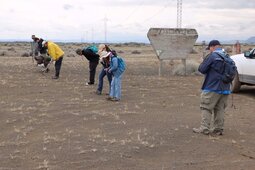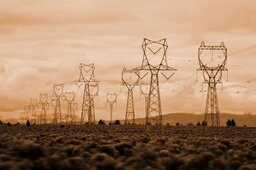Thank you for reading my diatribe!
In recent years, USA reliability (i.e. availability of power to end users) has been significantly lower than that of many other countries. In 2021,
US citizens had to deal with an
average of 438 minutes of power outages per user per year and an
average of 1.39 power outages. Most other first-world' Countries have better outage records - often with 3x to 6x lower outage time and number of incidents. But different States had wildly different numbers, as you can see from map and tables in my reference document:
https://generatordecision.com/states-with-the-most-least-reliable-power-grids/
Even those figures are highly suspect, because the 'outage incident reports" are from the companies themselves, likely presented with strategy of "looking good". American Civil Society of Engineering gave the U.S. power grid a "C-" grade a few years ago, ansd it has gotten worse since then (especially in Texas and Louisiana.)
In comparing with other countries, though, we must remember that the "best ones" are much smaller in size, with much shorter grid distribution distances and fewer areas of difficult terrain to cover. Many of those countries also have less severe weather extremes.
Current interconnect pricing schemes, a spot market for the distribution of power as 60-cycle AC are a huge problem: Even when allowed to function (and nobody was allowed to sell into Texas when everyone was freezing), they reward quick-responding and more "tunable" power generators (including natgas turbines and, to a somewhat smaller extent, even legacy oil and coal generation). There is zero consideration of the installation costs for wind and solar, and no considration of their relative "cleanliness": Wind farms are frequently "awarded" prices below zero when the grid operators pefer to use keep their own legacy "filthy" generators running at their lowest tuable production levels.
The entire situation is bad. In some ways, it is getting worse rather than better. Our reliability is NOT as good as most other first-wolrd countries, and our under-reported outages have been a huge drag on the economy -- all paid for by the consumers, not the power companies and their managers. (in recent years, this has probably averaged around $100 billion per year, although that specific figure isd a persobnal SWAG as I write this.)





